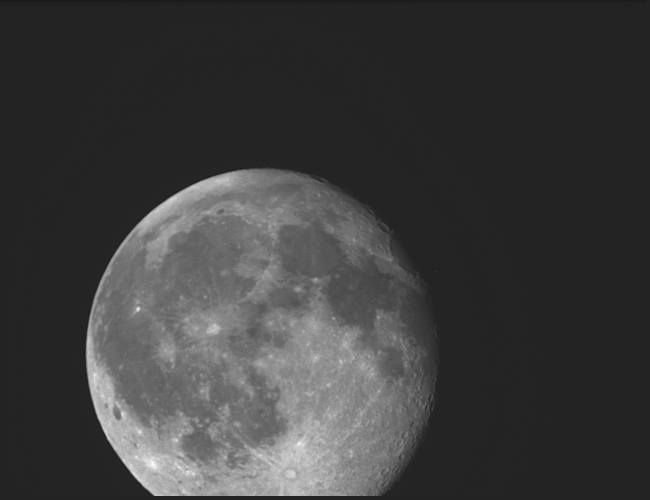Wednesday, April 30, 2014
Micro-observatory Image 4.5
Micro-observatory Image 4.4
Monday, April 28, 2014
Citizen Science #2
Today on zooniverse.com, I studied lunar surface images from the Lunar Reconnaissance Orbiter. In the activity, you are to mark out craters, mounds, and other objects. Usually in one image there are hundreds of things to mark out so it is very tedious. Also, this is one of the more simple activities on the site so I did not find it too intriguing.
Friday, April 25, 2014
Citizen Science #1
I spent today's Astronomy period searching star forming regions of the Milky Way Galaxy for active star formation on zooniverse.org. I was really interested in this activity so it is the only one I did. What you did in the activity was mark out empty "bubbles" in nebulae to show where star formation is occurring. You also marked out EGOs, star clusters, galaxies, and other objects. Next time, I will try one of the other activities that are on the site.
Thursday, April 24, 2014
Micro-observatory Image 4.3
Wednesday, April 16, 2014
Micro-observatory Image 4.2
Tuesday, April 8, 2014
APOD 4.2
APOD 4.1
Monday, April 7, 2014
Nature and Structure of the Milky Way Galaxy
Galileo:
Harlow Shapley:
- Interested in "invisible" stars
- Thought the milky luster in the sky was made up of small stars clustered together
- He proved this assertion by sketching "nebulae" that were actually stars
Harlow Shapley:
- First to realize that the galaxy was much larger than previously believed
- Found that the Sun's location in the galaxy is in a nondescrpit location
- supports the Copernican Principle
- Participated in the "Great Debate" against Heber D. Curtis on the nature of nebulae, galaxies, and the Universe
- argued that spiral nebulae (now called galaxies) are inside our Milky Way
- opposed Curtis and Hubble, but was terribly wrong
Friday, April 4, 2014
Micro-observatory Image 4.1
Subscribe to:
Comments (Atom)







